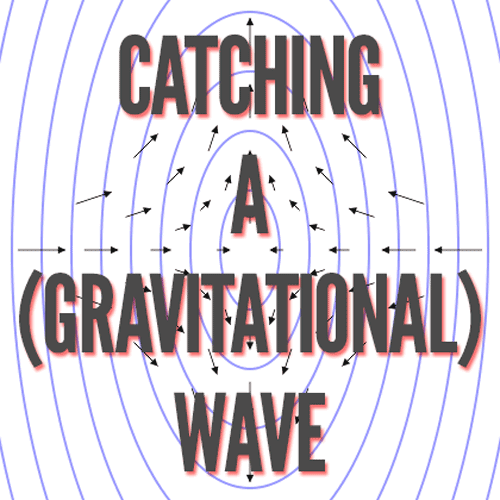
It’s a big day for physics.
A team of astrophysicists reported today that they have directly confirmed the existence of gravitational waves, first predicted by Einstein and whose fingerprints tell tales of the first trillionth of a trillionth of a trillionth of a second after our universe came into being. This discovery, one of the most significant of the past 50 years, could explain a few more mysteries of just why things are the way they are in the universe today.
Using a beefy-sounding telescope near the South Pole called “Bicep”, the scientists peered almost 14 billion years into the past, studying the Cosmic Microwave Background, that distant radiation left over from the beginning of the universe itself, its wavelength stretched from unthinkably hot plasma to chilly microwaves as our universe expanded from a subatomic scale to the vastness of today.
(Cosmic microwave background temperature fluctuations, via ESA)
The Bicep team detected peculiar fluctuations in that radiation, not in its temperature, but in its polarization. Like visible light waves, this early radiation can be polarized, wiggling and oscillating in a given direction, or even in a spiral. By analyzing the particular pattern of that polarization, we can then walk backwards and figure out what gave rise to those patterns in the very, very early universe.
This discovery is especially important to deciphering those earliest universal events because in its first 380,000 years the universe was dense enough to be opaque to light, meaning we have no distant radiation fingerprints older than the CMB to tell the early tale. These gravity waves may just decode that story. In essence, it’s the earliest look at the universe we’ve ever gotten.
Long story short, this confirmation of gravitational waves gives the strongest support yet to the idea of “cosmological inflation”, the real “Bang” of the Big Bang, where our universe expanded faster than the speed of light itself, growing so many orders of magnitude in so short an amount of time that it truly boggles the mind. Aatish Bhatia put it like so:
This has implications for everything from multiverse theory to the long search for dark energy and dark matter (and its origins) to why our universe is so flat and even at its observable edges to the quantum scale blips and fluctuations that gave rise to everything from stardust to galaxies. Like any science, this monumental result needs to be confirmed by other groups (which should happen later this year), but this is champagne-worthy science.
Confused? There’s a lot of awesome science to take in. For more in depth explanations, check out the following links (because this has pushed my biologist’s brain to its mushy limit):
- Ethan Siegel has a great explanation at Starts With A Bang
- Dennis Overbye was there with the scientists and got their reactions, along with a great coffee analogy
- Sean Carroll goes into a few of the more technical aspects and what it means for physics at large
- Also check out great summaries and interpretations from Phil Plait and Matt Francis
I think my favorite part of this is this little tidbit of scientific history from physicist Alan Guth, one of the first to propose the concept of inflation: Back in 1978, when he had just gotten his Ph.D., he scribbled a “spectacular realization” in his lab notebook that predicted the results reported today:
It was a long time coming, but that “eureka!” moment has arrived.


